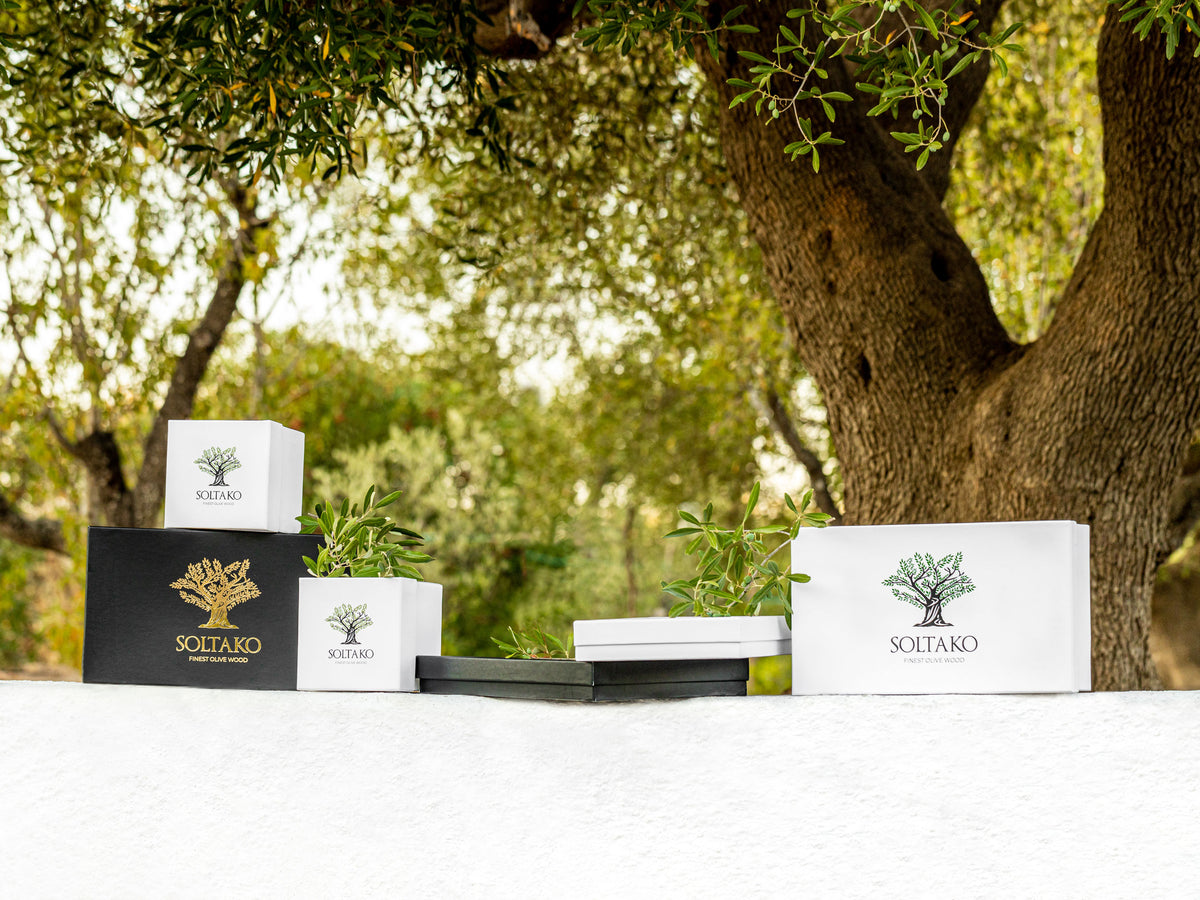
How microplastics get into our environment and bodies
|
|
Time to read 3 min
|
|
Time to read 3 min
Microplastics are a pervasive problem threatening the environment and our health. These are tiny particles made of plastics such as polyethylene and polypropylene and are usually smaller than 5mm. These particles enter our environment and food in a variety of ways.
In this blog article we explain the process by which microplastics get into our seas , what dangers it poses to us and our environment and what we can do about it.
Microplastic refers to small plastic particles that are smaller than 5 millimeters and are often not visible to the naked eye. These particles can either be produced intentionally, such as in cosmetics or cleaning products, or are created as waste products from the degradation of larger plastic objects, such as bottles or packaging. Microplastics can occur in various forms, such as pellets, fibers, or fragments, and can enter the environment through a variety of routes, including air, water, and soil pollution.
The amount of plastic that ends up in our environment is shockingly high. According to a 2016 study by the World Economic Forum (WEF), around 311 million tons of plastic are produced worldwide every year, of which 8 million tons end up in the oceans¹. This pollution has a dramatic impact on the marine ecosystem and can also impact human health as microplastics enter our food chain.
Plastic enters the sea in a number of ways. A large part comes from land and is transported to the sea via rivers or the wind. Lost or intentionally discarded plastic from ships also contributes to pollution. There is also plastic waste that is created directly in the sea, for example from fishing or garbage left by tourists.
Most plastic parts take hundreds of years to degrade. But when they end up in the ocean, the sun, salt water and waves break them down into tiny particles called microplastics.
These microplastic particles can be ingested by marine life and eventually end up back on our plates when we eat fish.
The effects of microplastics on our health are not yet fully understood, but there is already evidence that they can be harmful.
A 2019 study estimated that the average human ingests between 74,000 and 121,000 microplastic particles a year through food². Another study found that microplastics could be found in the bodies of people who eat seafood³.
Another factor that can contribute to the ingestion of microplastics is plastic kitchen utensils. When heated or cut, small particles can be removed and get into our food.
When plastic is heated to high temperatures, it can release toxic chemicals that can be harmful to your health.
A study found that using plastic cookware releases an increased amount of microplastic particles in food, especially when it is heated to high temperatures.
For this reason, it makes sense to switch to kitchen utensils made from natural materials such as olive wood.
Olive wood has established itself as a promising alternative to plastic in recent years. It offers many advantages over plastic, both from an environmental and health point of view.
Overall, olive wood is an eco-friendly and sustainable alternative to plastic that offers many benefits and is growing in popularity.

